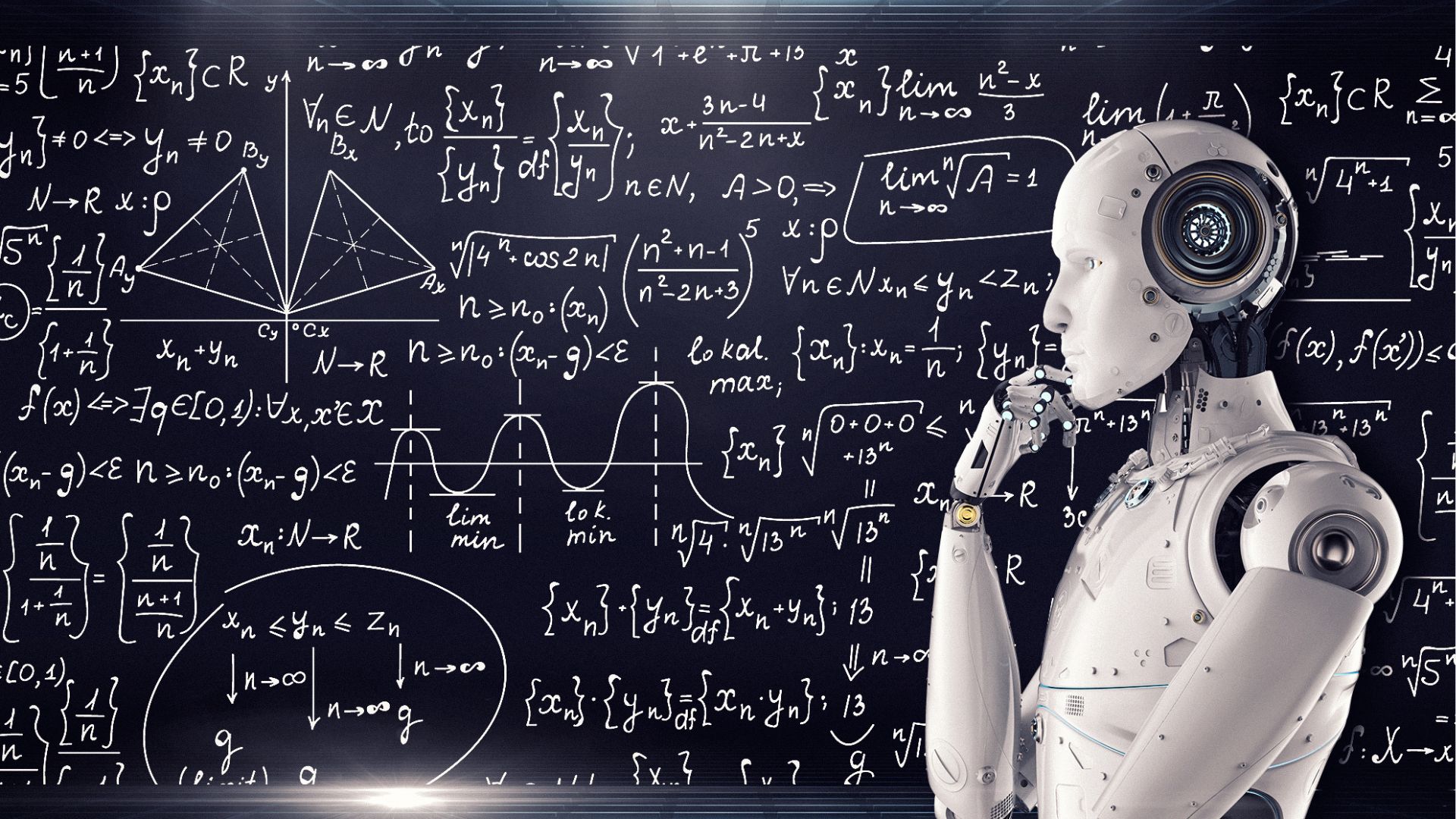Machine Learning: All about Machine Learning

What is Machine Learning?
Machine Learning (ML) is a branch of artificial intelligence that enables systems to learn from data and improve performance over time without explicit programming. It identifies patterns and makes predictions or decisions based on data. ML powers technologies like recommendation systems, image recognition, and natural language processing, making it essential for solving complex, data-driven problems.
ML powers technologies like recommendation systems, image recognition, and natural language processing, making it essential for solving complex, data-driven problems. Let’s explore ML in more detail to understand its workflow, types, algorithms, and real-world applications.
How Machine Learning Works
At its core, ML involves the following:
- Input Data: Raw data is collected (structured or unstructured).
- Features: Relevant variables or attributes are extracted from the data to feed into the model.
- Model: A mathematical function or algorithm that processes the input features and produces an output.
- Training: The model learns patterns from the data by optimizing parameters to minimize error.
- Evaluation: The model is tested on unseen data to check its accuracy and generalization.
Workflow in Machine Learning
- Problem Definition: Clearly define the problem to be solved (e.g., classify emails as spam).
- Data Collection: Gather data from relevant sources (e.g., email logs for spam detection).
- Data Preprocessing:
- Handle missing values.
- Normalize or scale numerical data.
- Encode categorical variables.
- Split data into training, validation, and testing sets.
- Feature Engineering:
- Extract meaningful features from raw data (e.g., keywords in spam emails).
- Use dimensionality reduction if there are too many features.
- Model Selection: Choose an algorithm that fits the problem (e.g., logistic regression, decision trees).
- Training the Model: Train the algorithm on the training data by adjusting parameters.
- Evaluation:
- Metrics like accuracy, precision, recall, F1-score, and mean squared error assess performance.
- Use validation data to fine-tune hyperparameters.
- Deployment: Deploy the trained model to a real-world environment (e.g., integrate into an email system).
- Monitoring and Updating: Continuously monitor and update the model’s performance as needed.
Types of Machine Learning
- Supervised Learning
- Description: The algorithm learns from labeled data.
- Algorithms
- Linear Regression, Logistic Regression
- Support Vector Machines (SVM)
- Decision Trees, Random Forests
- Neural Networks
- Use Cases:
- Predicting house prices (Regression).
- Classifying diseases as malignant or benign (Classification).
- Unsupervised Learning
- Description: The algorithm learns patterns from unlabeled data.
- Algorithms:
- K-Means Clustering
- DBSCAN (Density-Based Spatial Clustering)
- Principal Component Analysis (PCA)
- Autoencoders
- Use Cases:
- Customer segmentation in marketing.
- Fraud detection in financial transactions.
Reinforcement Learning:
- Description: The model learns by interacting with an environment and maximizing cumulative rewards.
- Algorithms:
- Q-Learning
- Deep Q-Networks (DQN)
- Policy Gradient Methods
- Use Cases:
- Training robots.
- Optimizing logistics in supply chains.
- Teaching AI to play games (e.g., AlphaGo).
Common ML Algorithms and Techniques
- Supervised
- Linear Regression: Predicts continuous values.
- Logistic Regression: Binary classification problems.
- Support Vector Machines (SVM): Finds a decision boundary for classification.
- Decision Trees/Random Forests: Tree-based models for classification/regression.
- Neural Networks: Deep learning models with layers of interconnected nodes.
- Unsupervised
- K-Means Clustering: Groups data into clusters.
- Principal Component Analysis (PCA): Reduces dimensions while preserving variance.
- Autoencoders: Neural networks for feature reduction or anomaly detection.
- Reinforcement:
- Q-Learning: Model-free reinforcement learning.
- Deep Q-Networks (DQN): Combines deep learning with reinforcement learning.
Tools and Libraries
- Programming Languages: Python, R, Julia.
- Python Libraries:
- Scikit-learn: Classical ML algorithms.
- TensorFlow & PyTorch: Deep learning frameworks.
- Keras: High-level neural network API.
- Pandas/Numpy: Data manipulation.
- Matplotlib/Seaborn: Data visualization
Applications of Machine Learning
- Healthcare: Predicting diseases, drug discovery.
- Finance: Fraud detection, stock market prediction.
- Retail: Personalized recommendations, inventory management.
- Transportation: Autonomous vehicles, route optimization.
- Manufacturing: Predictive maintenance, quality control.
- Robotics: Enabling smart automation.
Challenges in Machine Learning
- Data Quality: Poor data leads to poor models.
- Overfitting/Underfitting: Balancing model complexity.
- Interpretability: Understanding decisions made by models.
- Scalability: Handling large datasets efficiently.
- Ethics and Bias: Ensuring fairness and transparency.
Recent Trends
- Deep Learning: Advanced neural network architectures for tasks like image recognition and natural language processing.
- Transfer Learning: Leveraging pre-trained models for new tasks.
- Federated Learning: Training models across decentralized devices while maintaining data privacy.
- Explainable AI (XAI): Making ML models interpretable.
Transform Your Business with Machine Learning
At Arivelm.com, we harness the power of Machine Learning to deliver cutting-edge solutions tailored to your needs. From predictive analytics and intelligent automation to deep learning and real-time decision-making, we make AI work for you.
Unlock the future of intelligent business. Visit Arivelm.com or contact us today to explore how Machine Learning can revolutionize your operations.
